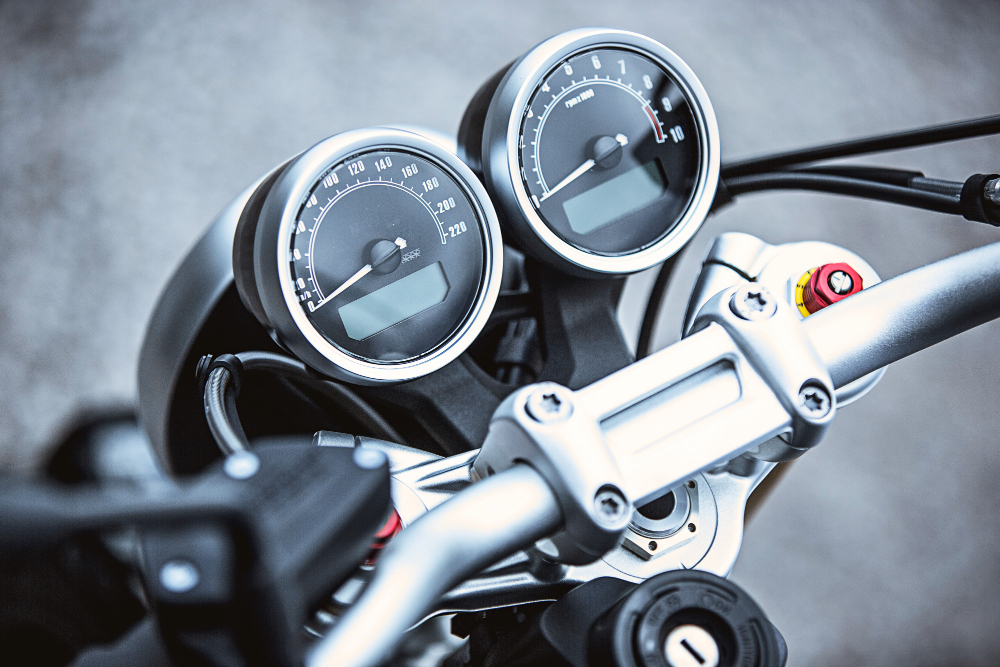Deciphering the Data: A Guide to Motosport Telemetry Interpretation
Motorsport involves more than just speed and skill. It also incorporates the science of performance. This article will guide you through the complex world of telemetry interpretation in motorsport. We will explore the different types of data collected, the hardware necessary for gathering this data, and the role data scientists play in transforming intricate data into actionable insights.
What data can you collect?
Various kinds of data serve as the lifeblood of performance optimization. Let’s delve into the major categories of data collected to understand their significance.
Mechanical data
Engineers monitor the engine, tires, and brakes by collecting mechanical data such as temperature, pressure, and vibrations. This information helps teams identify parts close to failing. It enables proactive decision-making during a race.
Driver behaviour data
Data like steering angle, pedal force, and gear changes inform teams about how well the driver adapts to the car and the race track. This driver behaviour data is critical for assessing both car and driver performance.
Environmental data
Environmental conditions like weather, temperature, and humidity dramatically influence a car’s performance. Teams adjust their strategies based on real-time environmental data that sensors gather.
As you can see, understanding the various types of data collected offers a lens through which to appreciate motorsport’s complexity layers. Every piece of data has a role to play!
Hardware for data collection
Hardware plays a fundamental role in capturing real-time data. Let’s delve into the hardware components commonly employed for data collection. We will highlight their specific functions and how they contribute to the telemetry process.
Sensors
Sensors are the bread and butter of data collection in motorsports. Teams use them to collect data on vehicle speed, tire temperature, and engine performance. Teams strategically place these sensors across the vehicle to capture the most accurate and comprehensive data.
Data loggers
Data loggers are the centralized unit that collects and stores all the sensor data. Typically, teams equip a data logger with various input and output ports to connect multiple types of sensors. Its high-capacity storage and quick data retrieval capabilities make this hardware essential to any telemetry system.
GPS units
GPS units serve the dual purpose of location tracking and performance analysis. They provide real-time updates on the vehicle’s position and can be crucial for strategy development. For example, knowing how a car does on certain parts of the track can show teams where they can save or lose time.
Telemetry radios
These radios enable the wireless data transmission from the vehicle to the team’s computers in the pit lane. Telemetry radios must be reliable and quick. It will ensure that teams receive data in real-time to make instantaneous decisions.
Onboard cameras
Onboard cameras are increasingly becoming standard hardware for capturing visual data. They give extra context, making it easier for data scientists and teams to understand the conditions when they recorded specific data, like how the driver acted or what the road was like.
Data collection hardware forms the backbone of motorsport telemetry. Each piece of hardware serves a unique function. This suite of hardware components works in unison to ensure that teams have all the data they need to make informed decisions.
What is the role of data scientists?
Data scientists act as the linchpin in motorsport telemetry. They turn raw data into actionable insights. Their role spans various tasks, from data interpretation to predictive analytics.
In this section, we will explore how data scientists actively contribute to the intricate science of motorsport telemetry.
Data interpretation
Data scientists actively employ advanced statistical models and machine learning algorithms to interpret telemetry data. This interpretation makes the data understandable and enables teams to make real-time strategic adjustments during a race.
Data visualization
Data scientists use visualization tools to simplify complex patterns and trends. These visual aids help the data scientists and the teams make quicker and smarter decisions.
Predictive analytics
Data scientists leverage machine learning to predict specific outcomes based on data trends. This foresight allows teams to anticipate potential issues and take corrective actions before problems escalate.
As you can see, data scientists play a critical role in demystifying the complex telemetry data in motorsport. They interpret, visualize, and predict. Scientists’ work brings a scientific edge to the adrenaline-pumping world of motorsport, making them the unsung heroes behind every win.
Conclusion
Telemetry interpretation is not just complex but vital in modern motorsport. The data collected informs race strategies and long-term optimizations. For anyone interested in the technological aspects of motorsport, understanding telemetry interpretation offers a rich avenue for appreciating every lap, turn, and win in a race.
If this topic intrigues you, please share your thoughts or questions!


